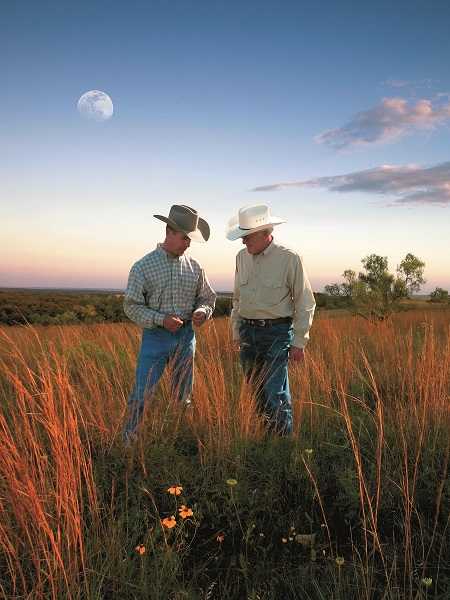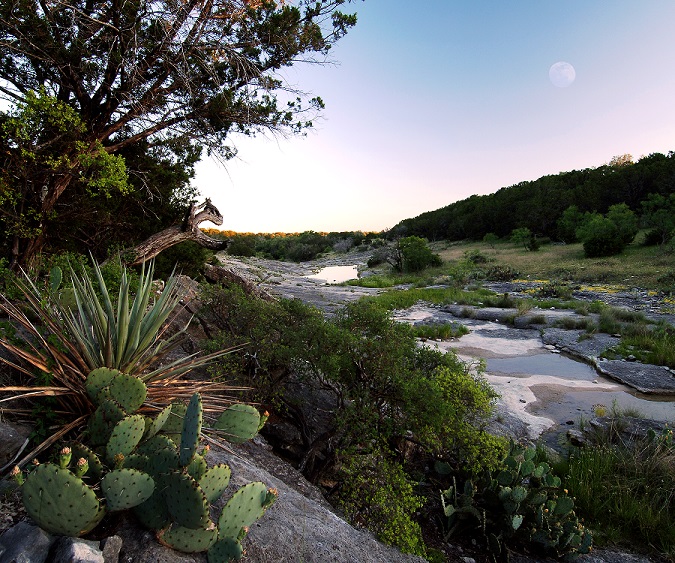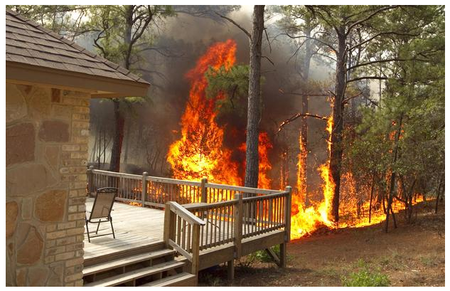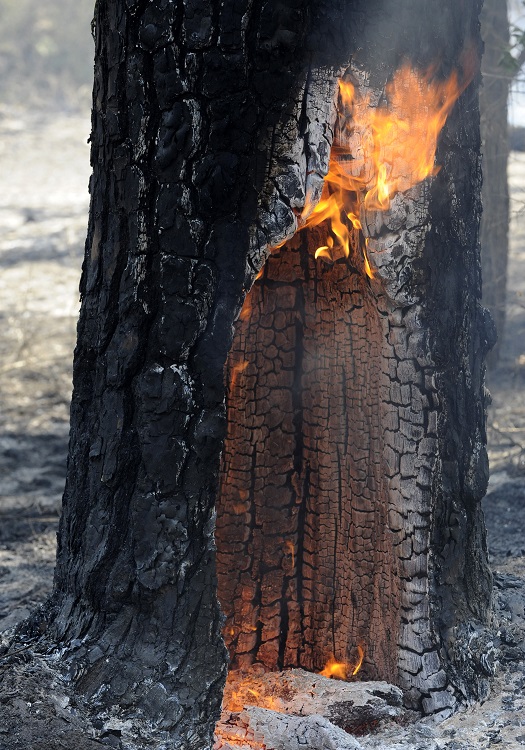50th Anniversary: Building Relationships
Friday, August 23rd, 2013This is Passport to Texas
Through confidential relationships with area biologists, Texas landowners conserve the state’s natural resources for future generations.
14 — Our goal is to develop these relationships. We do have laws that maintain confidentiality for the landowner. That’s helpful to people and gives them comfort to know that their private business is between them and their biologist.
Linda Campbell oversees the private lands and public hunting programs.
19— We have good relationships all over Texas. We have over 8-thousand wildlife management plans that we hold with active cooperators, one over 29-million acres. We do everything from deer management to quail management to whatever the landowner is interested in – and what the habitat can support.
For the past 18 years, Texas Parks and Wildlife’s honored landowner efforts through its Lone Star Land Steward Awards Program.
13 —And we hold them up to show people what they can do with this dedication and commitment these award winners show. And we want to honor those folks for their achievement and their commitment to good land stewardship.
Find information about free technical assistance and the Lone Star Land Steward Program on the Texas Parks and Wildlife website.
The Wildlife and Sport Fish Restoration program supports our series and provides funding for Private lands and Public Hunting programs.
For Texas Parks and Wildlife…I’m Cecilia Nasti.







 Passport to Texas is a
Passport to Texas is a  Passport to Texas is made available by:
Passport to Texas is made available by: